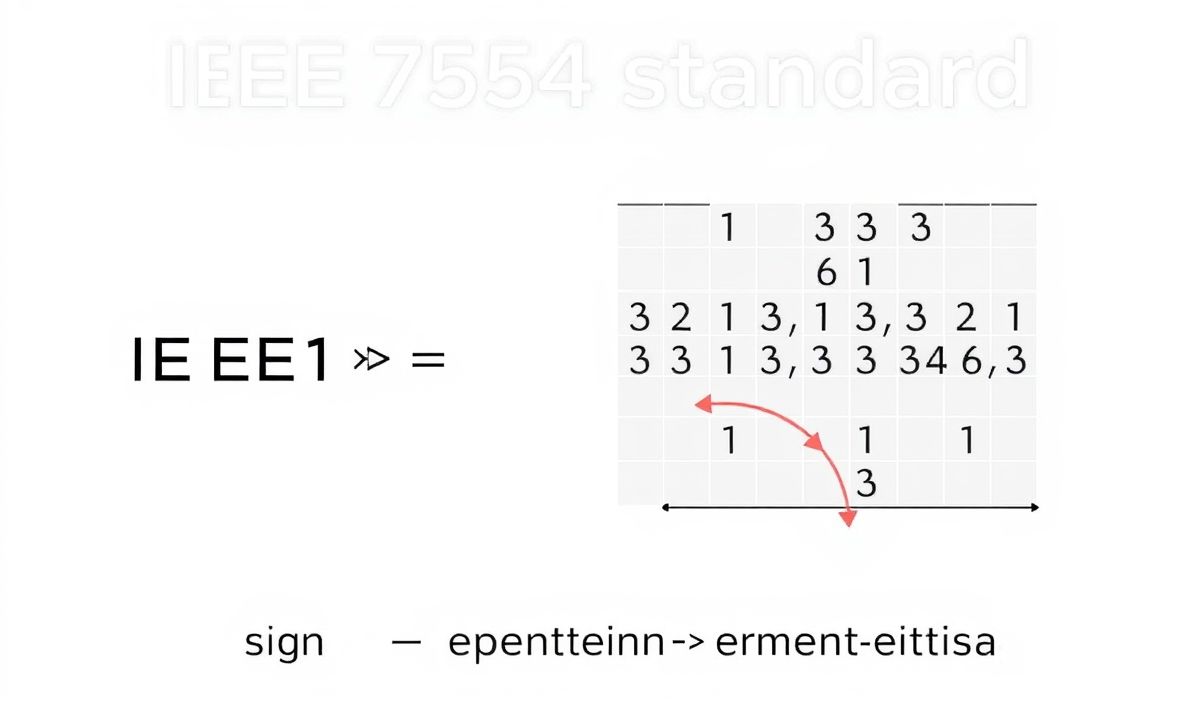Introduction to Dashlane
Dashlane is a powerful password manager that provides a secure and convenient way to store and access your passwords and personal information. By utilizing its robust APIs, developers can integrate Dashlane’s features into their own applications to enhance security and ease of use.
Dashlane API Overview
The Dashlane API allows developers to programmatically access a variety of functionalities, such as managing passwords, secure notes, and personal information. Below, we will explore several key APIs with code snippets that demonstrate how to use them effectively.
API Examples
1. Authentication API
The Authentication API allows you to authenticate users and obtain access tokens for further API calls.
POST /v1/authentication
{
"username": "your_username",
"password": "your_password"
}
Response:
{
"access_token": "your_access_token",
"refresh_token": "your_refresh_token"
}
2. Password Management API
This API allows you to manage user passwords, including creating, updating, and deleting passwords.
GET /v1/passwords
Authorization: Bearer your_access_token
Response:
[
{
"id": "password_id",
"name": "My Email Password",
"username": "email@example.com",
"password": "mypassword"
}
]
POST /v1/passwords
Authorization: Bearer your_access_token
{
"name": "New Password",
"username": "new_username",
"password": "new_password"
}
Response:
{
"id": "new_password_id",
"name": "New Password",
"username": "new_username",
"password": "new_password"
}
3. Secure Notes API
Manage secure notes with the Secure Notes API.
GET /v1/secure_notes
Authorization: Bearer your_access_token
Response:
[
{
"id": "note_id",
"title": "Important Note",
"content": "This is a very important note."
}
]
POST /v1/secure_notes
Authorization: Bearer your_access_token
{
"title": "New Note",
"content": "This is a new secure note."
}
Response:
{
"id": "new_note_id",
"title": "New Note",
"content": "This is a new secure note."
}
Application Example
Let’s build a simple application using the Dashlane APIs to manage user passwords.
Step 1: Authentication
const authResponse = await fetch('/v1/authentication', {
method: 'POST',
headers: {'Content-Type': 'application/json'},
body: JSON.stringify({
username: 'your_username',
password: 'your_password'
})
});
const { access_token } = await authResponse.json();
Step 2: Retrieve Passwords
const passwordResponse = await fetch('/v1/passwords', {
headers: {'Authorization': `Bearer ${access_token}`}
});
const passwords = await passwordResponse.json();
Step 3: Create a New Password
const createPasswordResponse = await fetch('/v1/passwords', {
method: 'POST',
headers: {
'Content-Type': 'application/json',
'Authorization': `Bearer ${access_token}`
},
body: JSON.stringify({
name: 'New Password',
username: 'new_username',
password: 'new_password'
})
});
const newPassword = await createPasswordResponse.json();
With this simple application, you can authenticate a user, retrieve their stored passwords, and create a new password using the Dashlane APIs.
Hash: 37b84628b786bcb92baaca1c1c620738d75e961c63edeb65eee68268e6a65021




